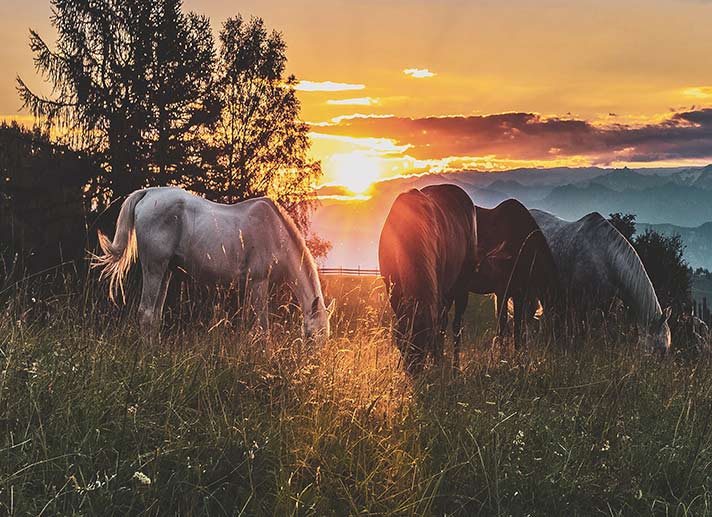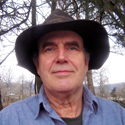Trail Talk – September 2020
“Leave only footprints; take only memories.” The hikers’ mantra played loudly in my subconscious on a recent walkabout far from our local trails. A quarter century ago, two motorcyclists ignored a wilderness boundary sign and rode onto a pumice ridge, where they turned doughnuts in the powdery soil before diving off the ridge and back to the road. The damage is still there and quite visible. And it begs the question: what evidence do you leave in your passage through wild places?
This is an issue that all outdoors people must consider. It’s not just the littered candy wrappers and cigarette butts, or the cute little baggies of doggy doodoo in a rainbow of colors. It’s also the carelessly (as in, “I couldn’t care less about what others think of my petty vandalism”) carved initials in benches, tables, and trees. It’s the unauthorized “shortcuts” across switchbacks that destroy the integrity of the trails, aka “cowpathing.” It’s the long, erosion-causing skidmarks left by mountain bikers who are exceeding common sense speeds on the narrow trails.
Which brings us to some Forest Park news. Regrettably, the last two winters and springs, when the trails were soft, we had equestrians using trails not designed, nor designated, for horse traffic. The narrow trails on steep slopes do not have the structural integrity to handle these large animals and their riders. Even where trails were explicitly posted as non-equestrian trails, riders still chose to venture forth. Over 120 man-hours from park volunteers and Public Works employees went into repairing these trails for hikers and mountain bikers to safely use them again. And subsequently, Public Works has closed Forest Park to equestrian use at this time.
Meetings have been held with our local backcountry equestrian group, plans are in the process of being finalized, appropriate routes are being mapped out, and any new trail construction that is needed to accommodate equestrian adventures in Forest Park are all in the works. All consideration is being given to providing safe trails/roads for horses, and separating hikers and mountain bikers from designated equestrian trails whereever possible. An information kiosk for riders will be constructed at the north end of the P2 Parking Area, where there is ample turn-around for horse trailers and plenty of room to park. Additional consideration is being given to the issue of horse manure and its associated odors and flies.
The nature of the soils in Forest Park, which encompasses the headwaters of Jackson Creek, will be an overriding factor in the Equestrian Plan. Past human logging, mining, and heavy OHV use have destabilized many hillsides, making the careful planning of equestrian trails paramount. A suitable window for riding has been agreed upon starting May 1, 2021 if all the infrastructure is in place at that time. The season would then run through Fall 2021, when the hoped for rains arrive, and trails again become too soft for equestrian traffic.
As a postscript, please be aware that the new Woodlands map is in its second draft and progress continues.
And now, as the First Nations remind us: Coyote was going there, making tracks, making tracks…

 Trail Talk is a monthly column by Clayton Gillette about hiking the Jacksonville Woodlands trail system. For more information, please visit the Jacksonville Woodlands Association website at
Trail Talk is a monthly column by Clayton Gillette about hiking the Jacksonville Woodlands trail system. For more information, please visit the Jacksonville Woodlands Association website at